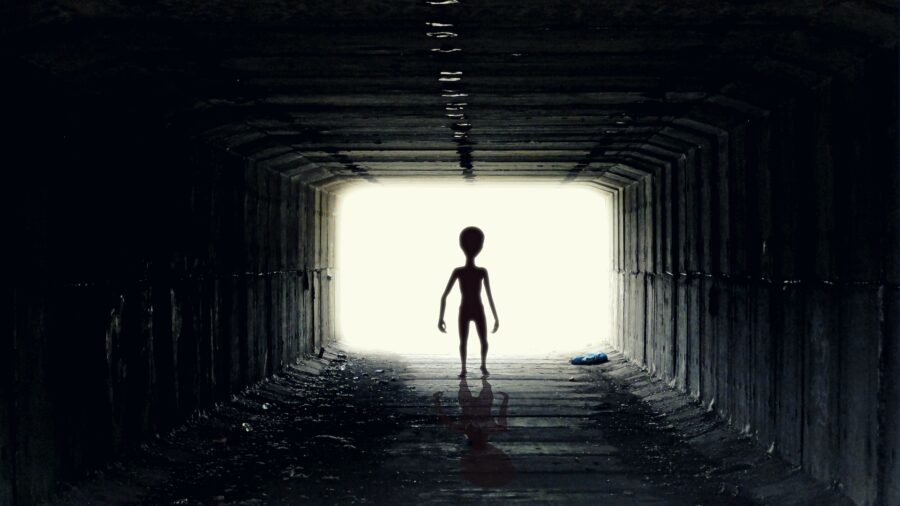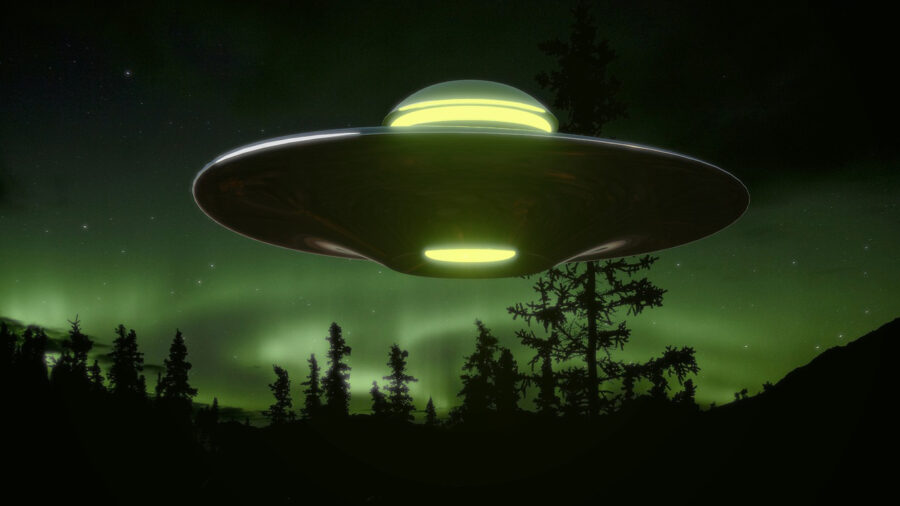NASA Is Funding A Hunt For Aliens
NASA has begun funding a massive project that will help scientists hunt for aliens in different galaxies, looking for alien structures
This article is more than 2 years old

If the truth is out there, the National Aeronautics and Space Administration plans to find it. In June the new head of NASA Bill Nelson pledged to “keep searching” for alien life after the release of an unclassified US intelligence report into sightings of unexplained flying objects.
Nelson, who flew on the space shuttle Columbia in 1986, said he had seen the classified version of the report into “alien” sightings by navy pilots and had spoken with the airmen during a briefing in the Senate Armed Services Committee.
Speaking about the classified report to CNN, the 78-year-old said he does not believe human beings are alone in the universe. He added that one knows what those navy pilots saw but there was clearly something “alien” there.

Following these findings, NASA has quietly begun to fund the search for alien megastructures for the first time in the agency’s history. According to Supercluster, searches for biosignatures have been well funded for the last few decades but techno signature funding has been erratic.
However, in late 2019, the agency awarded four grants to fund the search for techno signatures. And in November 2020, NASA awarded a grant to Ann Marie Cody of the NASA Ames Research Center and Croft to survey the entire sky for anomalous objects that transit across stars. So NASA and their collaborators may find artificial alien mega structures.
Ann Marie Cody is dedicated to studying natural causes of dimming, which make stars vary in brightness. These can range from objects in orbit, like exoplanets or exocomets, to sources inherent to the star, like sunspots. As such, dimming is a key investigative tool for finding alien objects that move in the vicinity of stars.

Interestingly, dimming can also provide a way to identify the presence of alien megastructures, which might block out starlight in transit. With Cody’s help, NASA will create the first large-scale survey for transiting techno signatures. It is work that is pioneering on both a technical and organizational level.
The news has the science field abuzz with David Kipping, astronomer, at Columbia University, saying he is “thrilled to see NASA taking the hunt seriously.” Kipping was not involved in the research but has performed transiting techno signature studies of his own.
There are several reasons why NASA is starting to change its stance towards alien funding. In 2015, private investor Yuri Milner donated $100 million to Breakthrough Listen for techno signature research over ten years. Croft has been part of that project since it began. Thanks to the generous funding, a great deal of work has been accomplished, with various papers being published in prestigious astronomy journals. According to Croft, this is the moment that ultimately changed the perception. And now her team gets to do the serious science that they should have been doing all along.
It remains to be seen if the new search for alien structures will turn up anything inherently alien. But NASA will probably discover some rather cool phenomena – even they are just astrophysical oddities.










